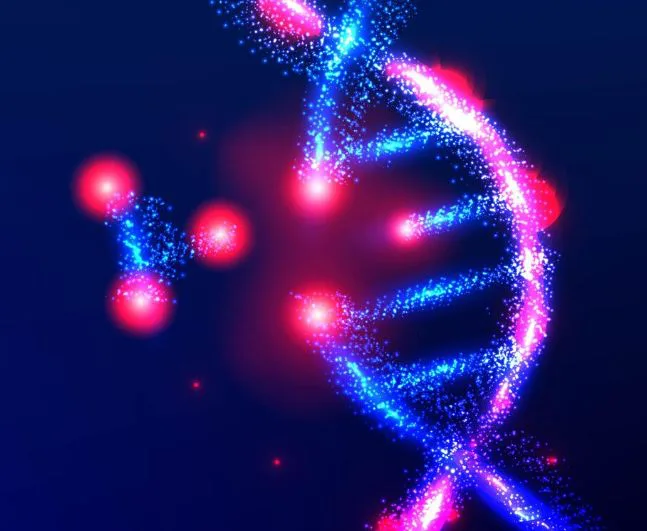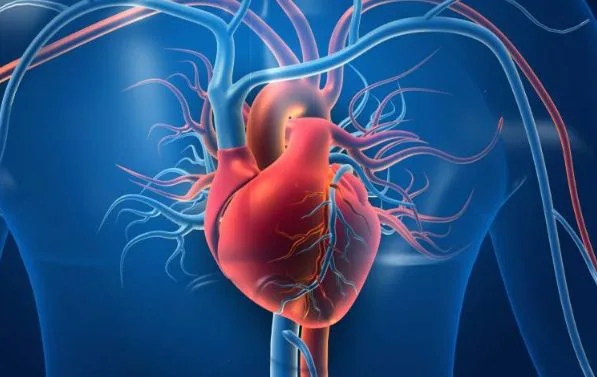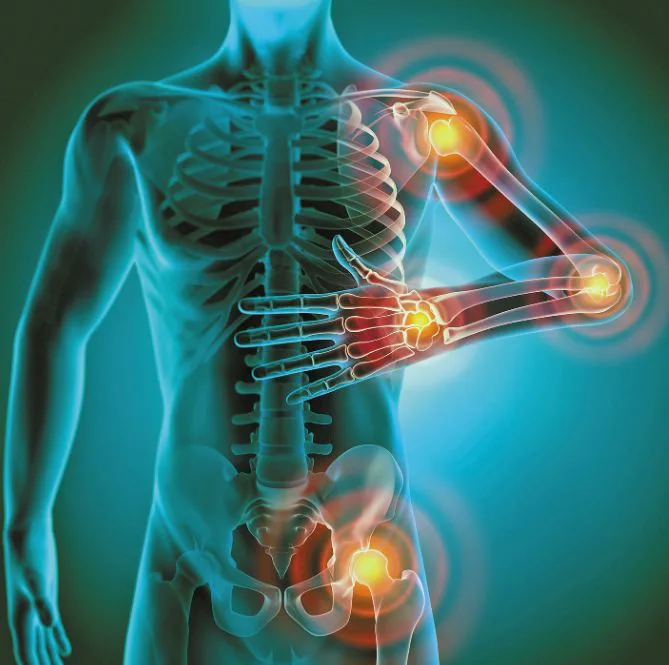
Entity responsible for powering our cellular functions and in keeping us going is mitochondria. These powerhouses are little sausage-shaped organelles in most types of cells that have a nucleus.
These organelles convert chemical energy from the food that we ingest into usable form of energy. This energy is termed as adenosine triphosphate (ATP). ATP is the fuel that we require to carry out the regular activities at cellular level.
Along with energy production, the role of mitochondria is also crucial in some cellular processes, such as:
- Regulating cell death (apoptosis): When cells receive signals to undergo apoptosis, mitochondria release proteins that initiate a cascade of events leading to cell death. It triggers the process that eliminates damaged or unnecessary cells.
- Maintaining calcium levels within the cell: Mitochondria act as dynamic regulators, buffering and controlling the concentration of calcium ions in the cytoplasm.
- Signaling between cells: These cell structures release signaling molecules or undergo structural changes in response to external stimuli. This process contributes to intercellular communication.
- Synthesis of certain molecules, such as heme: The synthesis of heme primarily occurs within the mitochondria and cytoplasm of cells. It involves a series of enzymatic reactions known as the heme biosynthetic pathway. Heme serves as a crucial component of several proteins, including hemoglobin, myoglobin, and cytochromes. And it also plays an important part in oxygen transport, storage, and energy production.
What happens when the mitochondria is dysfunctional?
Mitochondrial dysfunction is associated with aging. As cells age, mitochondria accumulate damage from ROS and other factors, and this causes impaired function.
ROS (Reactive Oxygen Species) are free radicals and tend to destroy things. Body creates ROS as it is required for apoptosis or cell death. After all, the body wants to get rid of mutated and altered cells, that we don’t want in the body. So, when mitochondrial is dysfunctional, it leads to certain diseases, some of them are:
- Neurodegenerative diseases: It is characterized by the progressive degeneration of neurons in the central nervous system. Mitochondrial dysfunction, including impaired energy metabolism, increased oxidative stress. Additionally, defects in mitochondrial transport, has been implicated in neurodegenerative diseases such as ALS pathogenesis, Parkinson’s disease and Alzheimer’s disease.
- Mitochondrial diseases: They are a group of disorders caused by genetic mutations affecting the function of mitochondria. These mutations can affect mitochondrial DNA (mtDNA) or nuclear DNA (nDNA) encoding mitochondrial proteins.
- Cardiovascular diseases: Mitochondria play a crucial role in supplying energy to cardiac muscle cells, maintaining calcium homeostasis, and regulating cell death pathways. Dysfunction in these processes due to mitochondrial abnormalities can contribute to the development and progression of cardiovascular diseases like heart failure and stroke.
- Cancer: Dysfunctional mitochondria may produce an altered metabolic environment that favors tumor growth and survival.
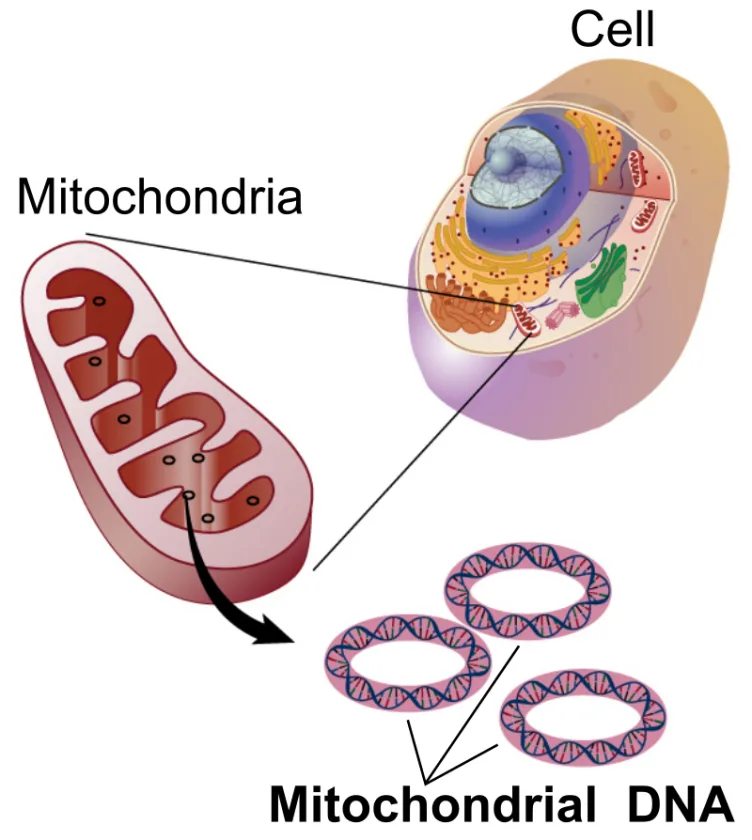
Leaky Mitochondria Found to Fuel Harmful Inflammation
Mitochondria, as the powerhouses of our cells, are involved not only in energy production but also in regulating cellular processes, including inflammation and immune responses. Researchers at University of Virginia, have discovered that “leaky” mitochondria might drive harmful inflammation responsible for diseases.
As per Laura E. Newman, PhD, of the University of Virginia School of Medicine, when mitochondria fail to accurately replicate their genetic material, they initiate attempts to eliminate it. At times, the cell is not able to completely rid itself of the damaged material due to the frequent repetition of process. Hence, the mitochondrial quality control triggers inflammation. Excessive inflammation can subsequently contribute to the onset of various diseases, including autoimmune disorders and chronic conditions.
Do Mitochondria Replicate their Own DNA?
Mitochondria possess their own distinct genetic material, called as mtDNA. In nuclear DNA replication, the DNA double helix unwinds. The process occurs within the cell nucleus. In here, each strand serves as a template for the synthesis of a new complementary strand.
While, mitochondrial DNA (mtDNA) replication employs a different mechanism known as the strand displacement model. According to which, the replication starts at certain spots and untangles the DNA. One part of the original DNA is copied to make a new strand, while the other part forms a loop. This loop helps in making the missing part, resulting in two complete mtDNA copies.
It has been observed that some part of mitochondrial DNA material escape into the cell and this in effect, induce inflammation. However, the precise mechanism behind this phenomenon has remained elusive until now.
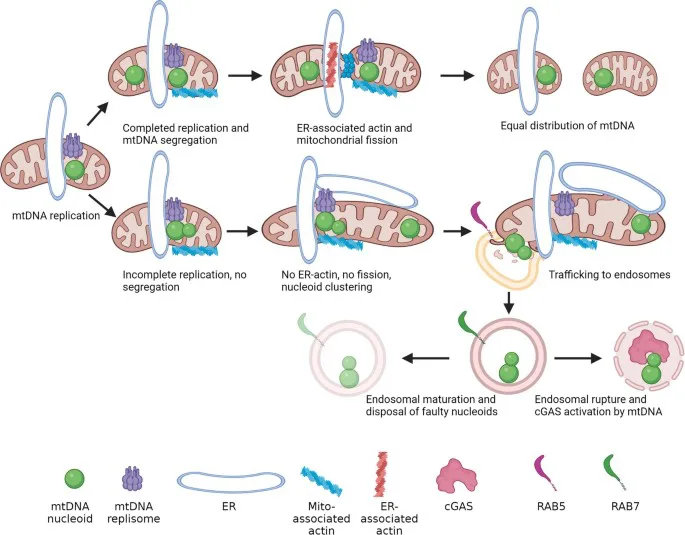
Dysfunction in Mitochondrial DNA Replication Triggers Inflammatory Response
Interestingly, Shadel and Newman, along with their team, used advanced imaging techniques to see what was happening inside dysfunctional mitochondria. They discovered that the leakage was caused by problems with copying mtDNA. Subsequently, this process is causing the buildup of protein clusters called nucleoids. In an attempt to fix this, cells with faulty mitochondria start sending extra nucleoids to their waste disposal sites, called endosomes. However, these endosomes can become overloaded, causing them to release mtDNA into the cell, essentially overflowing like a trash can.
This breakthrough helped the team to understand that not only the mtDNA was being disposed of, but some of it was also leaking out in the process.
The cell reacts to this spill of hazardous waste by identifying the nucleoids as foreign DNA. Quite similar to how it would react to a virus. This triggers an immune response that leads to harmful inflammation, as concluded by the scientists.
Takeaway
Mitochondrial DNA acts as a double-edged sword. It not only plays an important role in energy production but also triggers inflammation. The future prospects of this research are promising and may lead to the development of novel therapeutic approaches for treating inflammatory diseases.
It may also help researchers in identifying innovative approaches to block viral replication and dissemination by gaining insights into how viruses exploit the host cell’s machinery to induce inflammation.
In a nutshell, insights gained from the research would surely help in creating personalized treatments and deepen our understanding of mitochondrial biology and immune responses.

